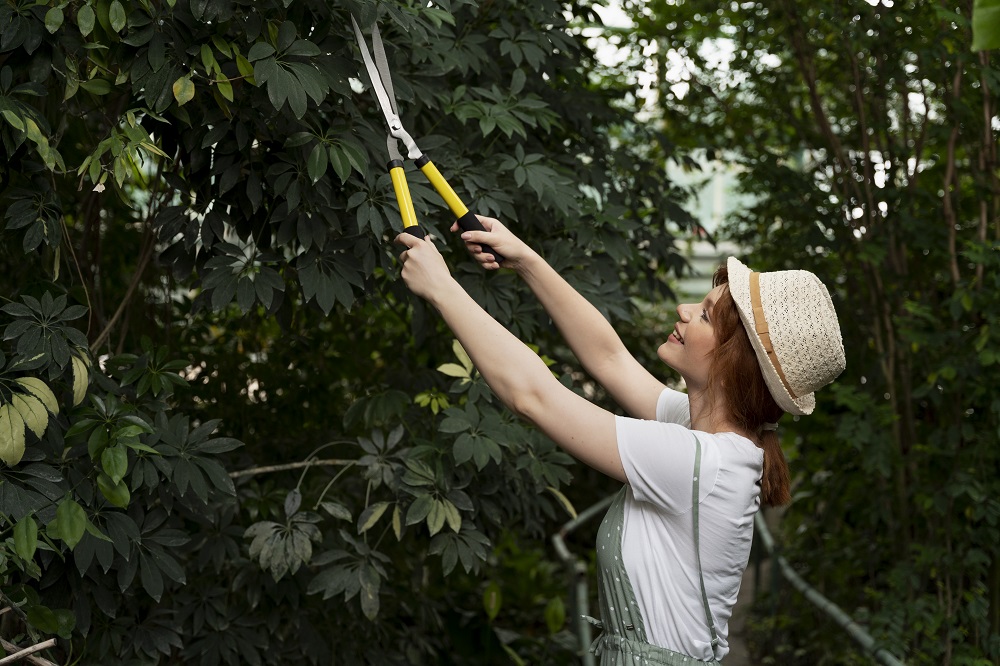Ever walked into a shop, and within moments, felt that it’s ‘speaking’ your language? Or perhaps, on the flip side, you've left a store ...
Ever walked into a shop, and within moments, felt that it’s ‘speaking’ your language? Or perhaps, on the flip side, you've left a store seconds after entering? What makes the difference? Is it the store’s products, or is it something else? This blog post delves into the often-overlooked component that contributes substantially to overall customer experience and in turn, the shop's sales capacity:
The Shop Fitout
Envisage this—As a business, you've invested thoughtfully in your products, marketers, sales team, and more. But have you considered your actual physical retail space? The place where the magic happens, where you convert potential customers into sales? If you're oblivious to how impactful your store layout, design, and aesthetics can be, you're missing out on an integral facet of customer experience. Read on to uncover how shop fitouts can influence sales and customer experience.
Undeniably, there's a psychology behind everything in retail—even the way a store presents itself. Today, let’s discuss why is it necessary - your brand's aesthetic representation and how it impacts customer behaviour and, subsequently, your store’s bottom line.
What Goes into A Shop Fitout?
A successful shop fitout is not just a new coat of paint or adding chic trending furniture. It's an amalgamation of several factors; spatial layout, decor, lighting, signage, window displays, product placement, and even sound and scent—everything must be carefully curated to enhance the overall customer experience.
The objective is to create an environment that's not only pleasing to the eye but also resonates with the customers on an emotional level. This subliminal connection triggers certain behaviours, increasing the time a customer spends in your store, their desire to explore your products, and eventually— potentially—accelerates a purchase decision.
Each element in your store tells a story—your brand's story—and helps to set the tone for a captivating and positive experience for your customers.
Why the Impact on Customer Experience?
It's not just about attractive interiors. Instead, your shop fitout can significantly influence customer experience by making navigation easier, creating comfortable shopping experiences, and lifting their mood—all influencing their decision to purchase. It’s about enveloping your customer in an engaging environment that resonates with them.
By designing your store's layout strategically, customers can easily locate the products, which means less frustration and a smoother shopping experience. Similarly, by creating comfortable spaces for customers to interact with your products or take a break, you induce a relaxed mood, encouraging them to linger longer.
Customers can be overwhelmed if a store is too cluttered. It's not just about the quantity of products displayed, but about showcasing them in a visually appealing manner. A clean, organized, and intriguingly designed shop fitout increases the likelihood of customers gravitating towards the products and being compelled to make a purchase.
The Sales Strategy: How Does Shop Fitouts Increase Sales?
A well-designed shop fitout can act as a silent salesperson. By subtly directing customer flow around the store, highlighting key products, and creating a captivating and conducive shopping environment, shop fitouts can significantly increase sales.
Strategically placing bestselling or high margin products in high traffic areas or at eye level can grab customers' attention. Using exceptional lighting to highlight products or create focal points can generate curiosity, attracting customers to explore items they might not have initially intended to buy.
Psychologists believe that the more time a customer spends in your store, the more they’re likely to buy. A comfortable, compelling store design encourages linger time - and potentially increases sales.
Limitations and Bridging Gaps
Certainly, the concept of shop fitouts sounds fantastic on paper, but let’s address the reality. It’s not always smooth sailing.
Sometimes, a store's aesthetic might not resonate with all customers, leading to potential lost sales. Or, changes to the interior might confuse customers accustomed to the previous layout—creating a temporary phase of irritation rather than the intended ease of shopping.
However, tying the fitout design concept to your established brand personality and consumer demographic can be a helpful mitigator. Authenticity hooking the audience rather than a contrived construct is always more effective, reflecting solidly on sales.
Conclusion: Is Shop Fitout Worth the Effort?
So, given the compelling arguments and quibbles alike, what’s the final verdict on shop fitouts? The answer leans toward a resounding 'Yes.'
Shop fitouts aren’t just about sprucing up your store. It goes beyond aesthetics, delving into behavioural science and the psychology of sales. A well-designed fitout can enhance customer experience, creating a compelling environment that encourages them to stay longer, explore more, and potentially buy more.
Revamping your store might come with a few hiccups, but, put simply, having an attractive, appealing store is like dressing for success—it increases your odds, engages your audience, and ultimately, boosts your sales. It's undeniably worth considering, even if it's a gradual process. The key is to keep your brand identity front and centre while making sure the customer feels comfortable, engaged, and captivated when walking through your doors. Contributing to customer experience doesn't merely boost sales; it induces loyalty, turning potential one-off buyers into long-term customers.
So, are you thinking about your shop fit out yet? Which component are you considering altering? I’d love to hear your thoughts!

.jpg)










